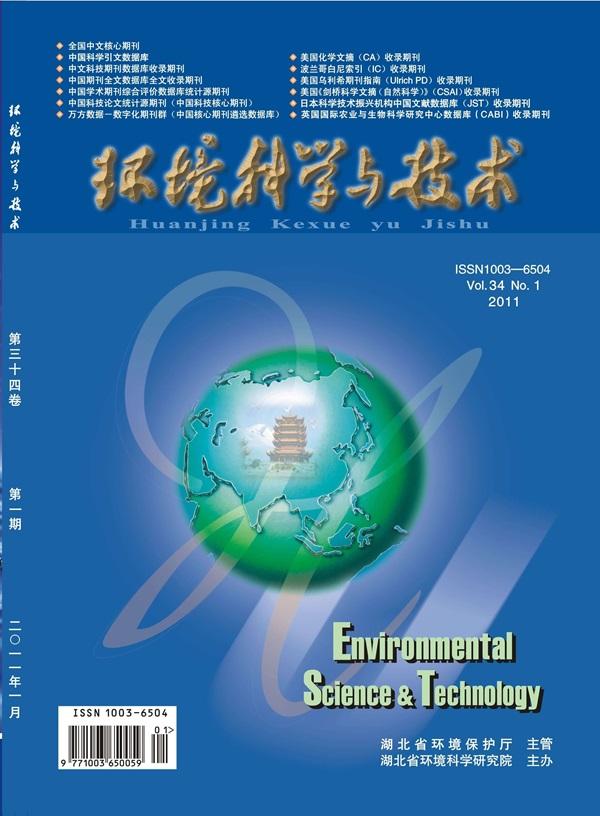The Role of Polyamines in pH Regulation in the Extracellular Calcifying Medium of Scleractinian Coral Spats
IF 10.8
1区 环境科学与生态学
Q1 ENGINEERING, ENVIRONMENTAL
引用次数: 0
Abstract
This study aims to elucidate a novel mechanism for elevating the pH within the calicoblastic extracellular calcifying medium (pHECM) of corals and demonstrate the potential contribution of calcifying organisms to CO2 sequestration. Departing from traditional models that attribute the increase in pHECM primarily to H+ expulsion via Ca2+-ATPase, we emphasize the significant role of polyamines. These ubiquitous biogenic amines conveyed by calicoblastic cells through polyamine transporters demonstrate a remarkable affinity for CO2. Their ability to form stable carbamate complexes is pivotal in facilitating carbonate ion transport, which is crucial for pH regulation and skeletal structure formation. In this study, a polyamine transporter inhibitor and a polyamine biosynthesis inhibitor in conjunction with the pH-sensitive probe 8-hydroxypyrene-1,3,6-trisulfonic acid (HPTS) were employed to monitor pH variations. Furthermore, FM1–43FX dye was utilized to delineate the extracellular calcifying medium (ECM), whereas calcein was applied to visualize paracellular gaps and ECM. These methodologies provide profound insights into the intricate structural and functional dynamics of coral spats calcification. Findings suggest a potential reconsideration of established models of marine calcification and highlight the necessity to reassess the role of marine calcifying organisms in the carbon cycle, particularly their influence on CO2 fluxes.

多胺在硬核珊瑚细胞外钙化培养基pH调节中的作用
本研究旨在阐明珊瑚成钙质细胞外钙化介质(pHECM)中pH升高的新机制,并证明钙化生物对二氧化碳封存的潜在贡献。与将pHECM的增加主要归因于通过Ca2+- atp酶排出H+的传统模型不同,我们强调了多胺的重要作用。这些普遍存在的生物胺通过多胺转运体由钙母细胞传递,对二氧化碳表现出显著的亲和力。它们形成稳定的氨基甲酸酯复合物的能力在促进碳酸盐离子运输中至关重要,这对于pH调节和骨骼结构的形成至关重要。在这项研究中,多胺转运蛋白抑制剂和多胺生物合成抑制剂与pH敏感探针8-羟基芘-1,3,6-三磺酸(HPTS)一起监测pH变化。此外,FM1-43FX染料用于描绘细胞外钙化介质(ECM),而钙黄蛋白用于显示细胞旁间隙和ECM。这些方法为珊瑚礁钙化的复杂结构和功能动力学提供了深刻的见解。研究结果表明,有可能重新考虑已建立的海洋钙化模型,并强调有必要重新评估海洋钙化生物在碳循环中的作用,特别是它们对二氧化碳通量的影响。
本文章由计算机程序翻译,如有差异,请以英文原文为准。
求助全文
约1分钟内获得全文
求助全文
来源期刊

环境科学与技术
环境科学-工程:环境
CiteScore
17.50
自引率
9.60%
发文量
12359
审稿时长
2.8 months
期刊介绍:
Environmental Science & Technology (ES&T) is a co-sponsored academic and technical magazine by the Hubei Provincial Environmental Protection Bureau and the Hubei Provincial Academy of Environmental Sciences.
Environmental Science & Technology (ES&T) holds the status of Chinese core journals, scientific papers source journals of China, Chinese Science Citation Database source journals, and Chinese Academic Journal Comprehensive Evaluation Database source journals. This publication focuses on the academic field of environmental protection, featuring articles related to environmental protection and technical advancements.
 求助内容:
求助内容: 应助结果提醒方式:
应助结果提醒方式:


